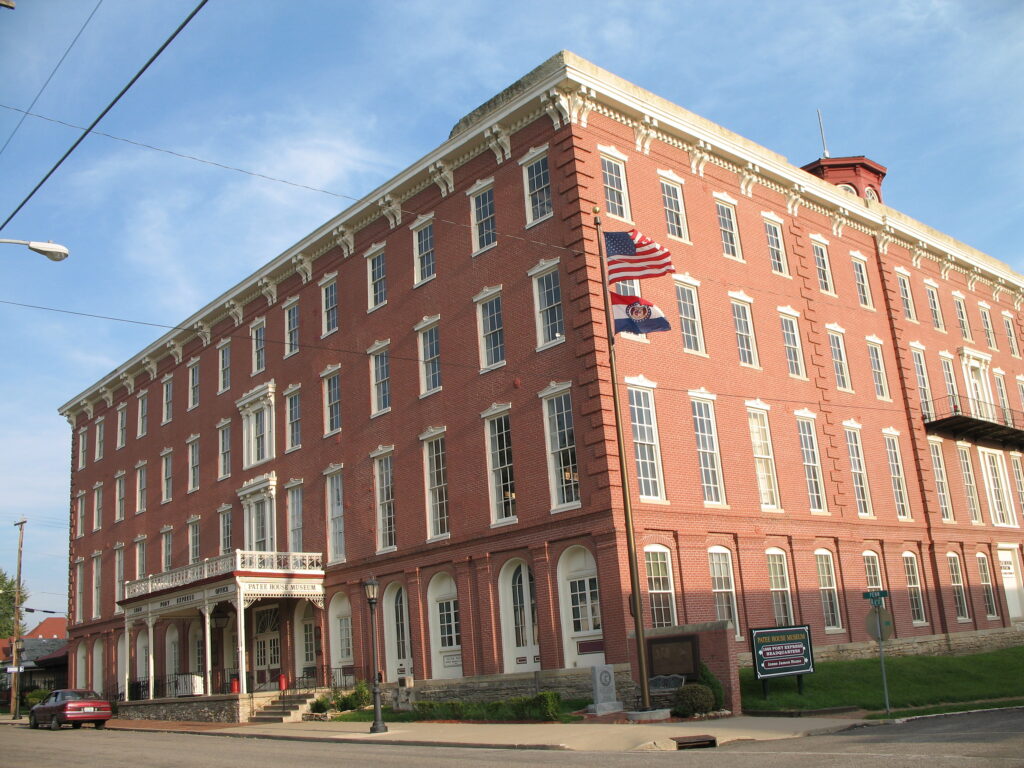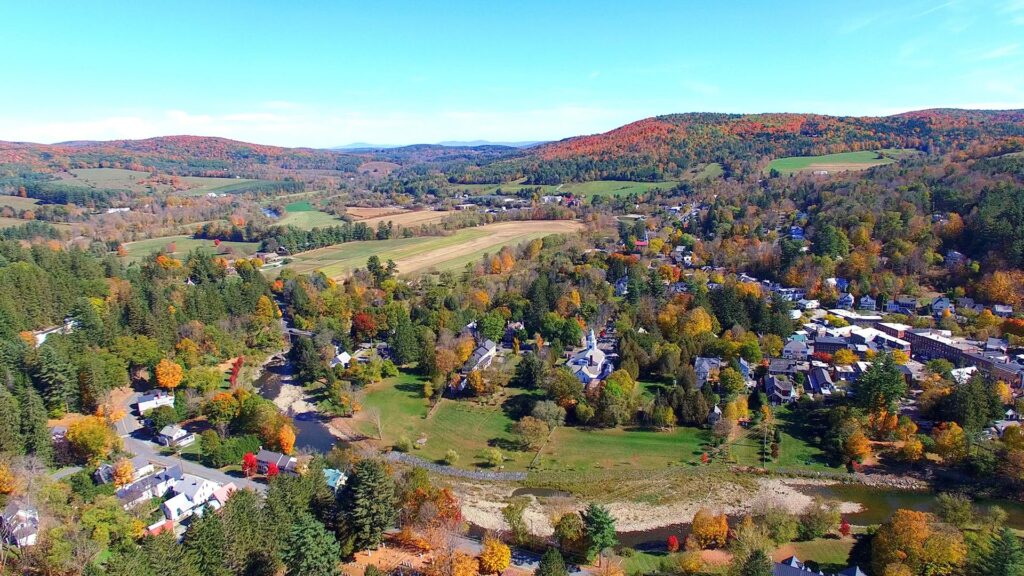1. Amtrak’s Coast Starlight (Seattle to Los Angeles)
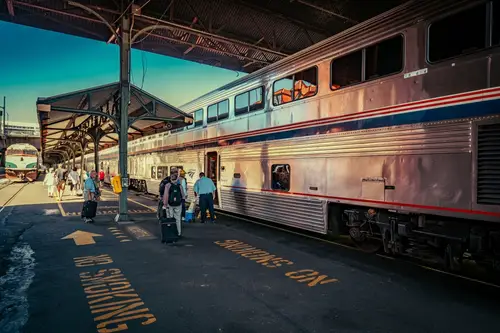
If you want jaw-dropping Pacific views, this is the one. The Coast Starlight hugs the ocean between San Luis Obispo and Santa Barbara, where cliffs drop dramatically to turquoise water. You’ll also glide through the forests of Oregon and the rolling vineyards of California’s Central Coast. It’s a ride that feels both glamorous and laid-back.
The train’s Pacific Parlour Car (when it operated) became legendary for its vintage charm — glass domes, cocktails, and quiet storytelling. Even without it now, the spirit lingers in the dining and observation cars. You’ll meet surfers heading south and artists sketching the waves. It’s a love letter to coastal living before it became a hashtag.
2. Amtrak’s California Zephyr (Chicago to Emeryville, CA)
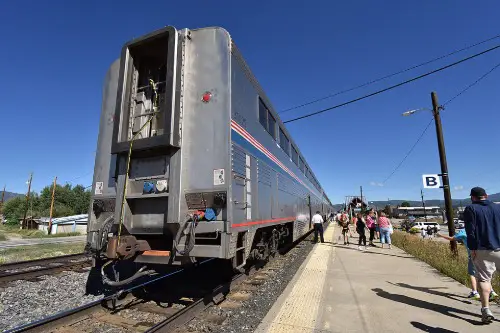
The California Zephyr is often called Amtrak’s crown jewel for good reason. It crosses the Midwest plains, climbs the Rockies, and glides through the Sierra Nevada — all while showing you how vast and varied America really is. The route’s stretch through Glenwood Canyon in Colorado feels almost cinematic, with the train snaking alongside the Colorado River. By the time you reach the Bay Area, you’ll have seen six states and every kind of landscape you can imagine.
What makes this trip special is how it feels like time slows down. You’ll pass through small towns where the train still stops right in the middle of Main Street, a reminder of when rail travel connected the country’s heartbeats. Dining car conversations with fellow travelers become part of the experience. It’s not just a journey west — it’s a rolling history lesson.
3. Amtrak’s Empire Builder (Chicago to Seattle/Portland)
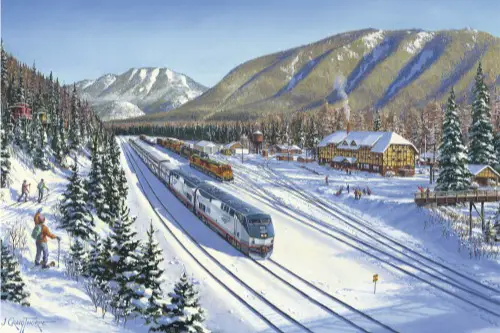
The Empire Builder follows a northern path that once carried settlers and dreamers through the Great Plains to the Pacific Northwest. It traces the route of the old Great Northern Railway, cutting across Montana’s Big Sky Country and brushing past Glacier National Park. When you see the jagged peaks and endless prairies outside your window, you realize how wild America still is. The observation car is easily one of the best seats in all of Amtrak’s network.
What’s unforgettable here are the quiet towns along the route — places like Minot, North Dakota, or Whitefish, Montana — that feel untouched by time. You’ll see locals meet the train, wave, and greet passengers like it’s an event. There’s a purity to that ritual that’s rare now. The Empire Builder makes you remember when train stations were the heart of every community.
4. Amtrak’s Southwest Chief (Chicago to Los Angeles)
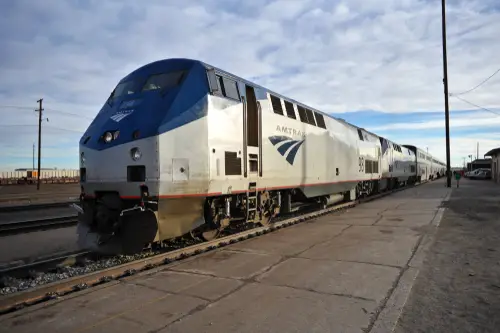
This is the train of desert sunsets and Route 66 nostalgia. The Southwest Chief takes you through the red canyons of New Mexico, the mesas of Arizona, and the wide-open skies that make the Southwest feel endless. It passes through towns like Dodge City and Gallup — places that helped shape the country’s mythology. The landscapes outside your window look like they were pulled from an old Western.
Part of the charm is how this route connects America’s rugged past to its modern pulse. You’ll share space with tourists, retirees, and locals hopping between small towns. The dining car buzzes with stories from every walk of life. It’s a rare kind of social mix that feels deeply, genuinely American.
5. Amtrak’s Adirondack (New York City to Montreal)
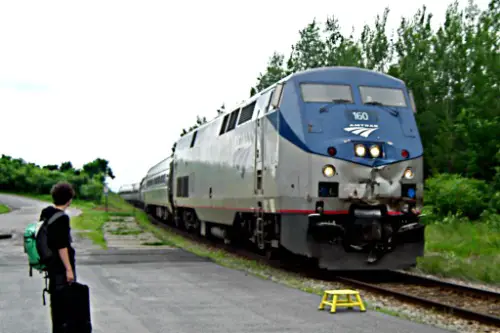
Few realize how stunning upstate New York can be until they take the Adirondack. The train follows the Hudson River north, offering postcard-perfect views of cliffs, lighthouses, and sleepy riverside towns. Then it dives deep into the Adirondack Mountains, where lakes mirror the peaks and autumn leaves look almost unreal. The route ends in Montreal, but the journey is pure Americana all the way.
It’s a peaceful escape from city noise, and the scenery feels like stepping back to a simpler age. You’ll see kayakers paddling beside the tracks and small stations that look unchanged since the 1950s. The café car becomes a hub for quiet conversation and photography swaps. For a few hours, it’s easy to believe this is the same America your grandparents knew.
6. Amtrak’s Crescent (New York City to New Orleans)
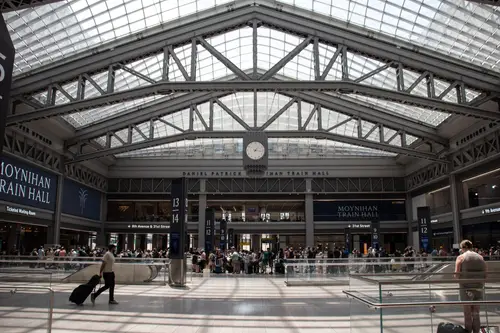
The Crescent stitches together the East Coast and the Deep South in a single, graceful arc. It passes through Virginia’s rolling hills, the small towns of Alabama, and the bayous of Louisiana before rolling into New Orleans. Each leg of the journey tells a different story — from Civil War history to jazz beginnings. It’s a route that feels like a cultural cross-section of the American spirit.
You’ll watch the landscape shift from old brick towns to magnolia-lined streets and marshland that seems to breathe. The train’s rhythm matches the South’s unhurried pace. Onboard, travelers swap stories about family roots or food they can’t wait to eat in New Orleans. It’s a reminder that the country’s identity is built on its contrasts.
7. Amtrak’s Cardinal (New York City to Chicago)
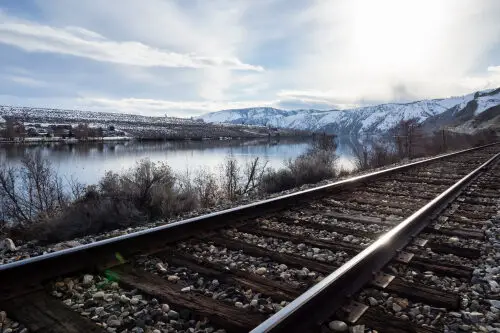
The Cardinal may not be Amtrak’s most famous route, but it’s one of its most intimate. It winds through the Appalachian Mountains, following the New River Gorge in West Virginia — a stretch that train enthusiasts call one of the most beautiful in the East. The small stations in towns like Hinton and Alderson feel almost frozen in time. This is rural America at its most genuine.
Part of the appeal is the quietness — no frantic schedule, no big-city bustle. You’ll see mist hanging over the hills in the morning, deer grazing near the tracks, and locals who still wave at the passing train. It’s America’s back porch, seen from a window seat. The Cardinal reminds you that beauty often hides in the overlooked corners.
8. Alaska Railroad’s Coastal Classic (Anchorage to Seward)
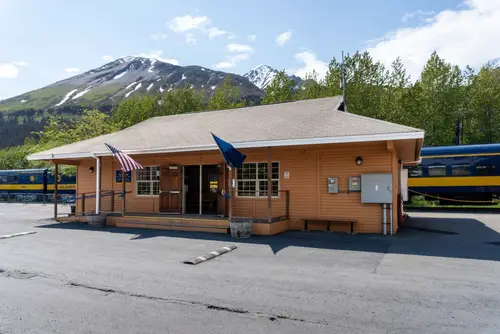
Technically outside the contiguous U.S., but too remarkable to ignore, the Coastal Classic is a showcase of raw wilderness. The train hugs the Turnagain Arm, passes glaciers, and cuts through valleys where moose and bald eagles are a common sight. The ride feels less like a commute and more like a nature documentary in motion. Every turn brings a new “wow” moment.
What’s striking is how alive the landscape feels — waterfalls, tundra flowers, and snow-capped peaks all vying for your attention. You can pair the ride with a glacier cruise or just stay in Seward for seafood and sea air. Locals and travelers mingle easily on board, swapping hiking tips. It’s America’s last frontier, seen the way it was meant to be — slowly.
9. Amtrak’s Texas Eagle (Chicago to San Antonio, with extension to Los Angeles)
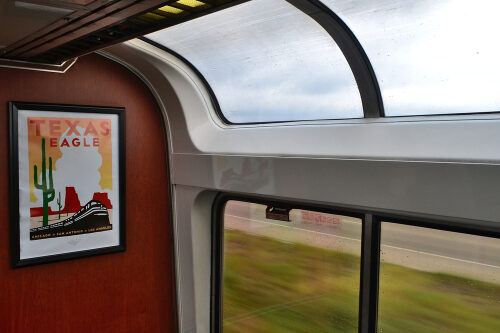
The Texas Eagle covers serious ground, crossing the Mississippi and stretching across the length of Texas. It’s the longest Amtrak route and shows the country’s changing personality mile by mile — from Midwestern farmland to desert scrub to city skylines. Passing through places like Little Rock and Austin, it’s a portrait of Americana in motion. The vastness of it all is humbling.
Travelers often talk about how the Texas Eagle makes them rethink distance. Towns appear like mirages, connected by rails that feel almost forgotten. Dining car chatter turns into storytelling marathons. It’s a train for people who want to see how big, strange, and beautiful America still is.
10. Amtrak’s Vermonter (Washington, D.C. to St. Albans, VT)

The Vermonter is all about small-town charm and rolling New England scenery. It starts in the political bustle of D.C. and gradually slips into a world of red barns, church steeples, and maple groves. The stretch through Vermont, especially in fall, is nothing short of magical. It’s a trip that feels handmade — no glitz, just authenticity.
Along the way, you’ll stop in college towns like Brattleboro and Montpelier, where local pride runs deep. There’s a coziness to the whole experience — friendly conductors, quiet café car moments, and scenery that looks like a painting. It’s a train that encourages introspection. The Vermonter doesn’t just show you New England; it lets you feel it.
11. Cuyahoga Valley Scenic Railroad (Independence to Akron, OH)

This isn’t a long-distance Amtrak line but a heritage route through Cuyahoga Valley National Park — and it’s pure nostalgia. The train winds through forests, over rivers, and past old canal locks that hint at Ohio’s industrial past. It’s a slow, charming trip that reminds you travel doesn’t have to be far to be meaningful. The vintage cars and friendly volunteers give it a homegrown warmth.
Families, cyclists, and retirees all ride it for the same reason: to feel connected to something simpler. You can hop off for hikes or bike trails and catch a later train back. It’s part transportation, part time machine. The Cuyahoga Valley line proves that rediscovering America sometimes starts in your own backyard.
12. Durango & Silverton Narrow Gauge Railroad (Durango to Silverton, CO)
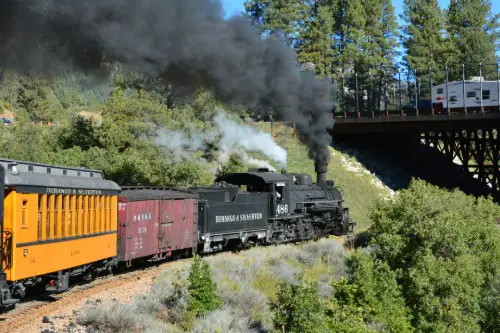
Once a mining supply line, this narrow-gauge train now carries travelers through Colorado’s San Juan Mountains. The coal-fired locomotive chugs along the Animas River, passing sheer cliffs and alpine meadows. The views are wild, dramatic, and completely timeless. You half-expect to see prospectors and outlaws around the next bend.
What makes it unforgettable is how visceral the experience is — the scent of coal smoke, the whistle echoing off canyon walls. It’s more than a sightseeing trip; it’s an immersion in the Old West. The train still uses vintage coaches, restored with care. Riding it feels like shaking hands with history.
This post 12 Train Routes That Show You a Version of America You Forgot Existed was first published on American Charm.

